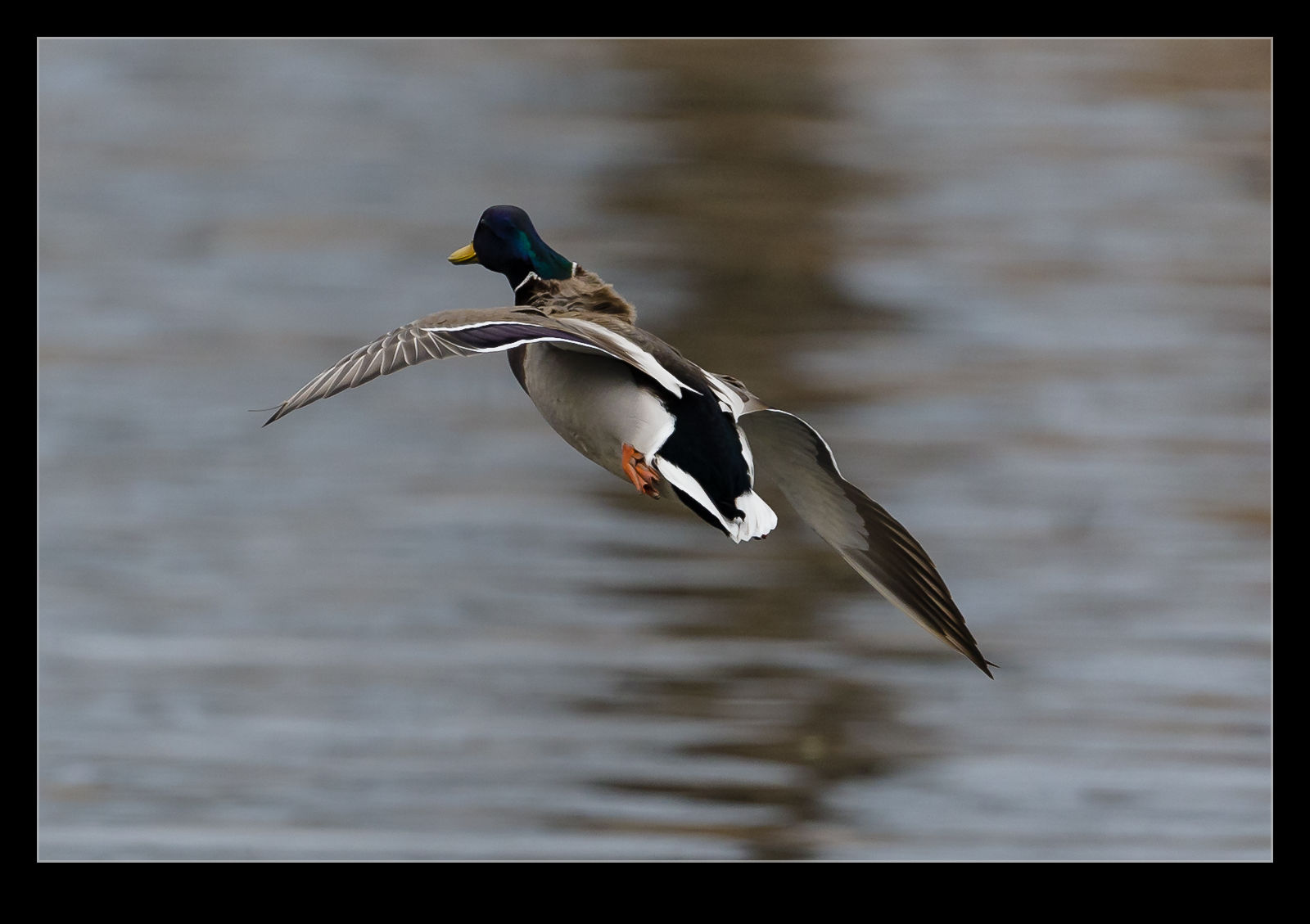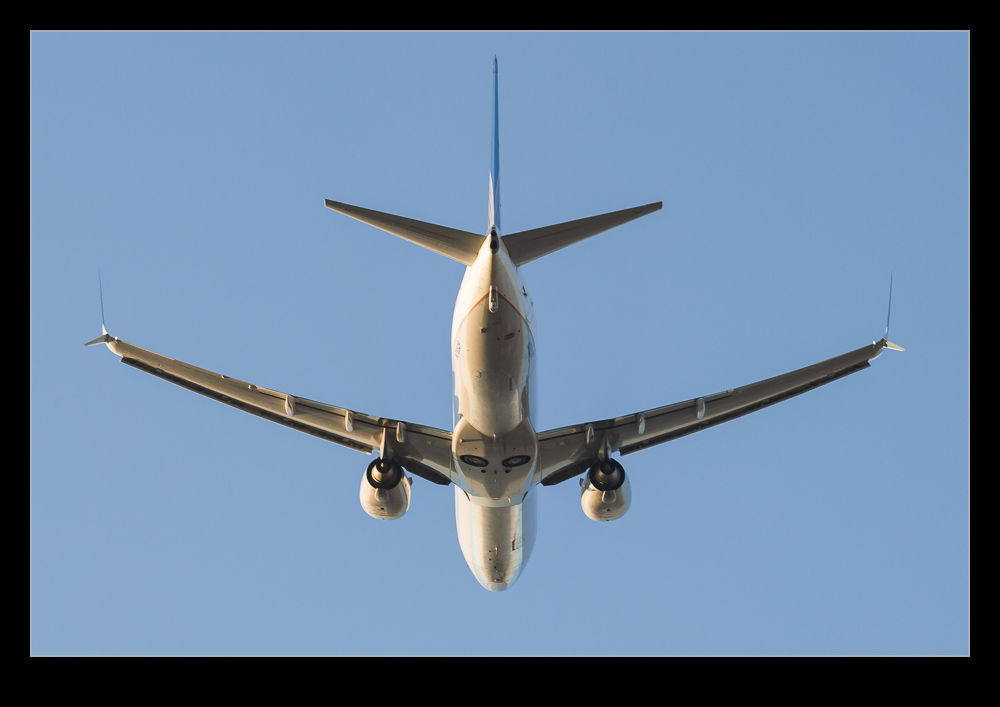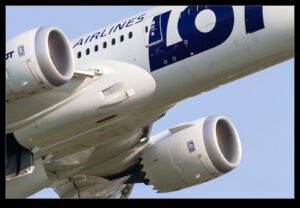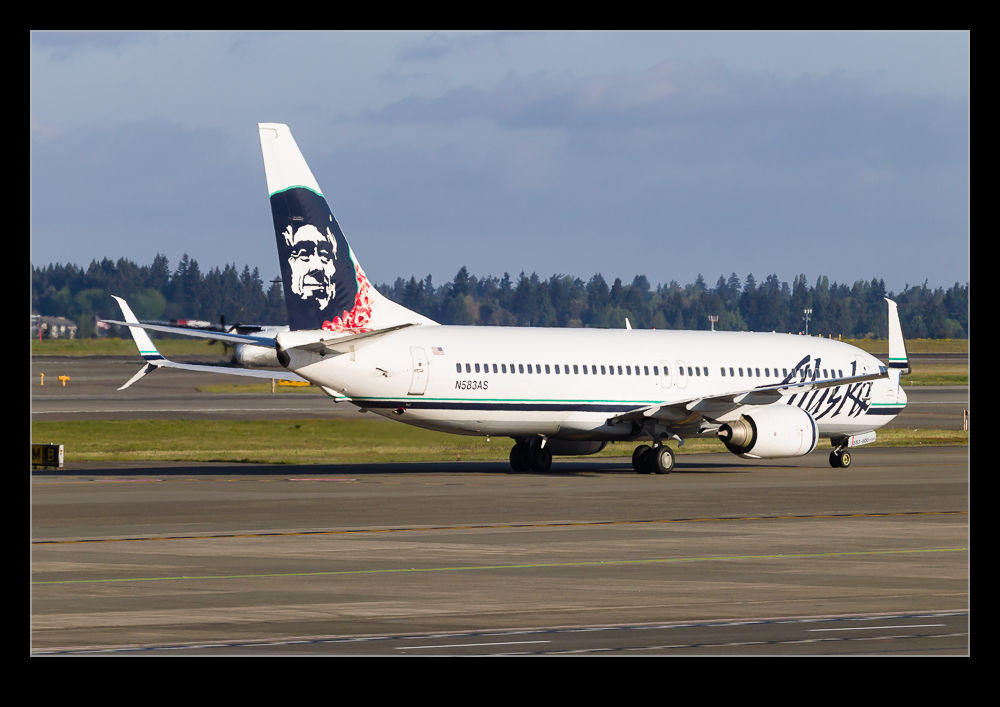 I was taking a look at one of the AMG Mercedes cars that was at Exotics@RTC. This is a road car but it has clearly gone through a lot of aerodynamic development. The front end of the car is covered in aero treatments with fin and strakes of all sorts. I have no idea how important this is for driving the car around Seattle but it was really quite something. I spent a few minutes just looking at them and thinking back to my aero days.
I was taking a look at one of the AMG Mercedes cars that was at Exotics@RTC. This is a road car but it has clearly gone through a lot of aerodynamic development. The front end of the car is covered in aero treatments with fin and strakes of all sorts. I have no idea how important this is for driving the car around Seattle but it was really quite something. I spent a few minutes just looking at them and thinking back to my aero days.
Tag Archives: aerodynamics
Stalling On The Back Of A Duck
 Watching the bird flying around Juanita Bay can bring out the aero guy in me. I was watching some ducks flying across the water and coming in to land. While the wings were working hard, it was also possible to see the feathers fluttering on the back of the duck just below the neck. Clearly, the flow is separating in this location when they are maxing out the lift and the feather get disturbed by the separation. Does anyone else but me care? Probably not so maybe no one is even reading at this point!
Watching the bird flying around Juanita Bay can bring out the aero guy in me. I was watching some ducks flying across the water and coming in to land. While the wings were working hard, it was also possible to see the feathers fluttering on the back of the duck just below the neck. Clearly, the flow is separating in this location when they are maxing out the lift and the feather get disturbed by the separation. Does anyone else but me care? Probably not so maybe no one is even reading at this point!
The Less Subtle Bits of Dreamliner Design
 Airliner design is a complex task with many compromises. It is not a surprise that some aspects of the design that results aren’t exactly what you would like. Today I am picking on one particular type – the Boeing 787 Dreamliner. This is almost as new as it gets in the airliner design world so you would expect it to be better than what came before. However, having seen a number of them recently, I have been focused on two areas of the design that are rather disappointing. One is the wing root fairing area and the other is the cargo doors.
Airliner design is a complex task with many compromises. It is not a surprise that some aspects of the design that results aren’t exactly what you would like. Today I am picking on one particular type – the Boeing 787 Dreamliner. This is almost as new as it gets in the airliner design world so you would expect it to be better than what came before. However, having seen a number of them recently, I have been focused on two areas of the design that are rather disappointing. One is the wing root fairing area and the other is the cargo doors.
 A nice smooth design is what the old aero guy in me likes to see and the inlets and fairings around the transition from the fuselage into the wing root are pretty ugly. They are obviously there as a result of functionality requirements but it does not look good and I imagine it comes with a drag penalty that has had to be accepted.
A nice smooth design is what the old aero guy in me likes to see and the inlets and fairings around the transition from the fuselage into the wing root are pretty ugly. They are obviously there as a result of functionality requirements but it does not look good and I imagine it comes with a drag penalty that has had to be accepted.
 The other area is the cargo doors. I am not sure whether this is a function of the load transfer requirements from composite to metal in the hinges but this area looks rather chunky and draggy. I know from previous projects that the nature of composites versus metals means that you can end up with some large joining fixtures to redistribute the loads but there may be other reasons I haven’t thought about. Given how smooth some metallic fuselage cargo doors are, these jumped out at me. Perhaps I have never looked closely enough at other types. Whatever the fairness of it, I just don’t like what they have done here.
The other area is the cargo doors. I am not sure whether this is a function of the load transfer requirements from composite to metal in the hinges but this area looks rather chunky and draggy. I know from previous projects that the nature of composites versus metals means that you can end up with some large joining fixtures to redistribute the loads but there may be other reasons I haven’t thought about. Given how smooth some metallic fuselage cargo doors are, these jumped out at me. Perhaps I have never looked closely enough at other types. Whatever the fairness of it, I just don’t like what they have done here.
Scimitar Tips
 Aviation Partners Boeing has been very effective over the years in getting their technology into mainline airline service. The winglets they developed for the Boeing 737 have been very widely adopted with installations on 300 Series, 700 Series, 800 Series and 900 Series jets around the world. The BBJs have also had them extensively. I don’t think any new 737s are delivered without them. The programs for the 757 and 767 have also been well adopted.
Aviation Partners Boeing has been very effective over the years in getting their technology into mainline airline service. The winglets they developed for the Boeing 737 have been very widely adopted with installations on 300 Series, 700 Series, 800 Series and 900 Series jets around the world. The BBJs have also had them extensively. I don’t think any new 737s are delivered without them. The programs for the 757 and 767 have also been well adopted.
 The 737 Max is going to have a new winglet design that Boeing have created. However, it is a way from flying. Meanwhile, APB has not stood still and they have created a new winglet design that has a downward portion mated to an updated winglet under the name scimitar. This is now making an appearance on a lot of jets as a retrofit. Southwest, United and Alaska have all started rolling the installation out.
The 737 Max is going to have a new winglet design that Boeing have created. However, it is a way from flying. Meanwhile, APB has not stood still and they have created a new winglet design that has a downward portion mated to an updated winglet under the name scimitar. This is now making an appearance on a lot of jets as a retrofit. Southwest, United and Alaska have all started rolling the installation out.
 I like the look of the new design. The tip seems to be a bit of a styling effort. The downward facing portion is well aligned to avoid creating a drag inducing choke area at the root. The configuration is actually quite reminiscent of the original winglet designs in the paper Richard Whitcomb wrote when first proposing the concept. I suspect we shall be seeing a lot more of them in the future.
I like the look of the new design. The tip seems to be a bit of a styling effort. The downward facing portion is well aligned to avoid creating a drag inducing choke area at the root. The configuration is actually quite reminiscent of the original winglet designs in the paper Richard Whitcomb wrote when first proposing the concept. I suspect we shall be seeing a lot more of them in the future.







